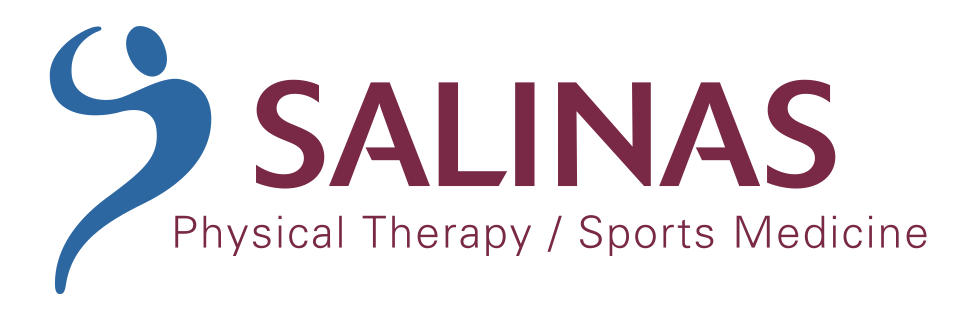Phone: (714) 695-1566
Fax: (714) 695-1553
Email: [email protected]
23655 Via Del Rio, Suite C
Yorba Linda, CA 92887

Phone: (714) 695-1566
Fax: (714) 695-1553
Email: [email protected]
23655 Via Del Rio, Suite C
Yorba Linda, CA 92887

Neck pain is a common condition that can stem from various causes, leading to discomfort and limited mobility in the neck and upper shoulders. It’s estimated that 22-70% of the population will have neck pain at one point in their lives. In addition, the incidence of neck pain increases with age, and is most common in women age 50 and older. Let’s take a closer look into the causes, symptoms, and physical therapy treatments associated to better understand neck pain.

In good health,
Disclaimer: The information provided on SalinasPT’s website is for general informational purposes only and should not be considered a substitute for professional medical advice. We strive to ensure the accuracy and timeliness of the information. By using this website, you acknowledge that you assume full responsibility for any actions taken based on the information provided, and we disclaim all liability for any damages or consequences resulting from such actions. Always consult a qualified healthcare professional for personalized medical advice and treatment.